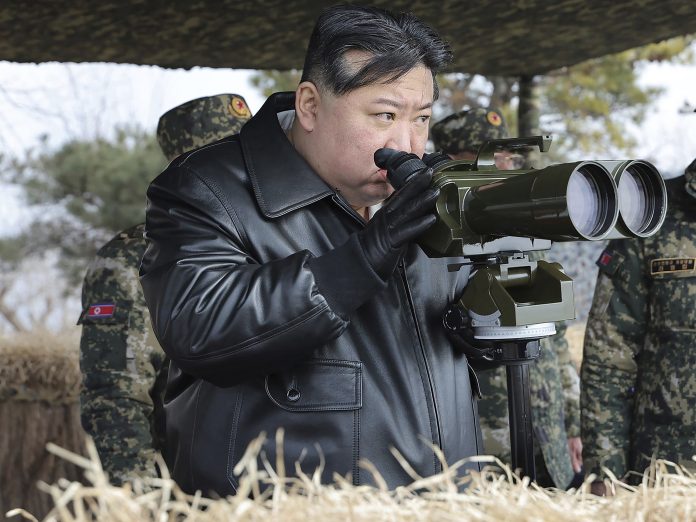North Korea launched several ballistic missiles allegedly landing outside Japan’s exclusive economic zone in the Sea of Japan.
Japan’s defence ministry stated that the missiles were launched from North Korea’s west coast between 7:10 a.m. and 7:14 a.m. (22:10 GMT and 22:14 GMT on Wednesday). At least two of them reached an altitude of more than 350 kilometres (217.5 miles) and a maximum altitude of about 100 kilometres (62 miles) before falling off the east coast of the Korean peninsula, according to Japanese media.
Tokyo strongly protested the missile test to Pyongyang, with Japanese Defence Minister Minoru Kihara criticising the launches as a “clear violation of UN Security Council resolutions.”
Senior officials from Japan, the United States, and South Korea condemned the launches and reaffirmed trilateral co-operation during phone calls, Japan’s Foreign Ministry reported. The launches followed North Korean leader Kim Jong Un’s pledge on Monday to significantly increase the country’s nuclear arsenal.
The missiles were launched just before the start of the official leadership election campaign of Japan’s ruling Liberal Democratic Party to choose a successor to Prime Minister Fumio Kishida.
Division among South Koreans
Meanwhile, South Korea is divided into camps with polar opposite views on the danger posed by its nuclear-armed northern neighbour. This was influenced by Pyongyang’s repeated vows to attack South Korea and its buildup of nuclear weapons.
Relations with North Korea often improve under liberal South Korean governments seeking dialogue and collapse under conservative leaders such as current hard-line President Yoon Suk Yeol.
Many in South Korea consider the nuclear danger to be hollow due to a plain fact: except for occasional deadly clashes, the North has not reaffirmed its promises to use its weapons in a full-scale attack on the South. Nevertheless, the nuclear build-up of the northern neighbour could pose a real threat.
